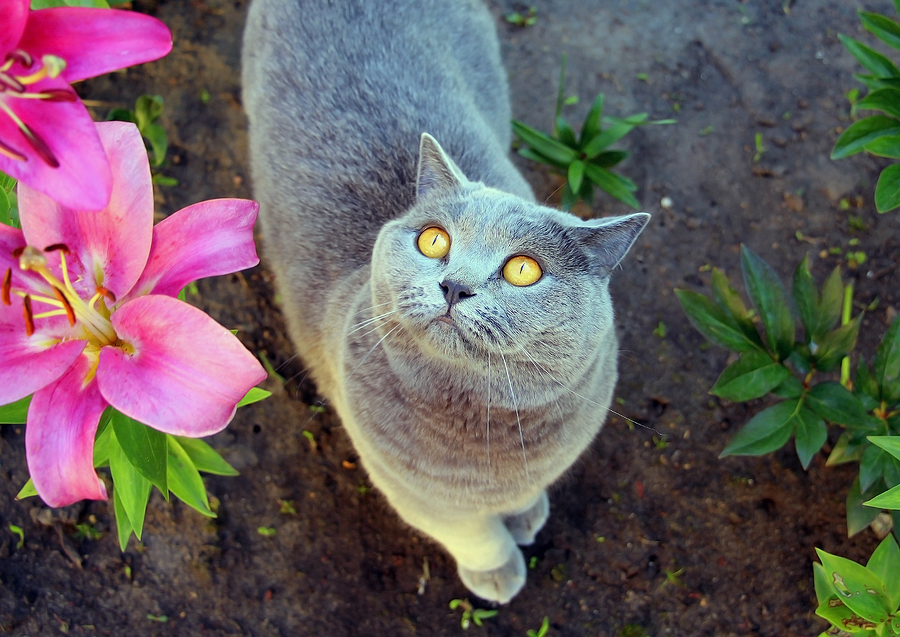
A recent study in the Journal of the American Veterinary Medical Association (JAVMA) offers new insights into treating cats exposed to toxic lilies.
Conducted at the University of Pennsylvania (UPenn) School of Veterinary Medicine, “Prevalence of acute kidney injury and outcome in cats treated as inpatients versus outpatients following lily exposure,” compared outcomes for 112 cats treated either as inpatients with intravenous fluids or as outpatients with subcutaneous fluids. The study found no significant difference in acute kidney injury (AKI) rates between the two groups, challenging the belief hospitalization is always required.
While inpatient cats had a 100 percent survival rate, many cats treated as outpatients still had positive outcomes with 87.5 percent survival rate, suggesting outpatient care could be a viable option for some. Erica Reineke, BS, VMD, co-author of the study and professor of emergency and critical care at UPenn’s School of Veterinary Medicine, emphasized this could benefit owners with limited finances or access to care. “Our findings suggest that outpatient management may be a viable option for some cats exposed to lilies,” says Dr. Reineke. “This could be particularly relevant for pet owners with financial limitations, lack of access to 24-hour veterinary facilities or other cat specific factors.”
However, the researchers caution that larger studies are needed to develop clear treatment guidelines. The study also reported a higher overall AKI prevalence than previously documented, though most cats showed improvement or stabilization.
Reineke stresses all parts of the lily are toxic, and immediate veterinary attention is critical. “Prompt veterinary attention is essential, regardless of the treatment approach.”
For more information, read the full report at the American Veterinary Medical Association website.
